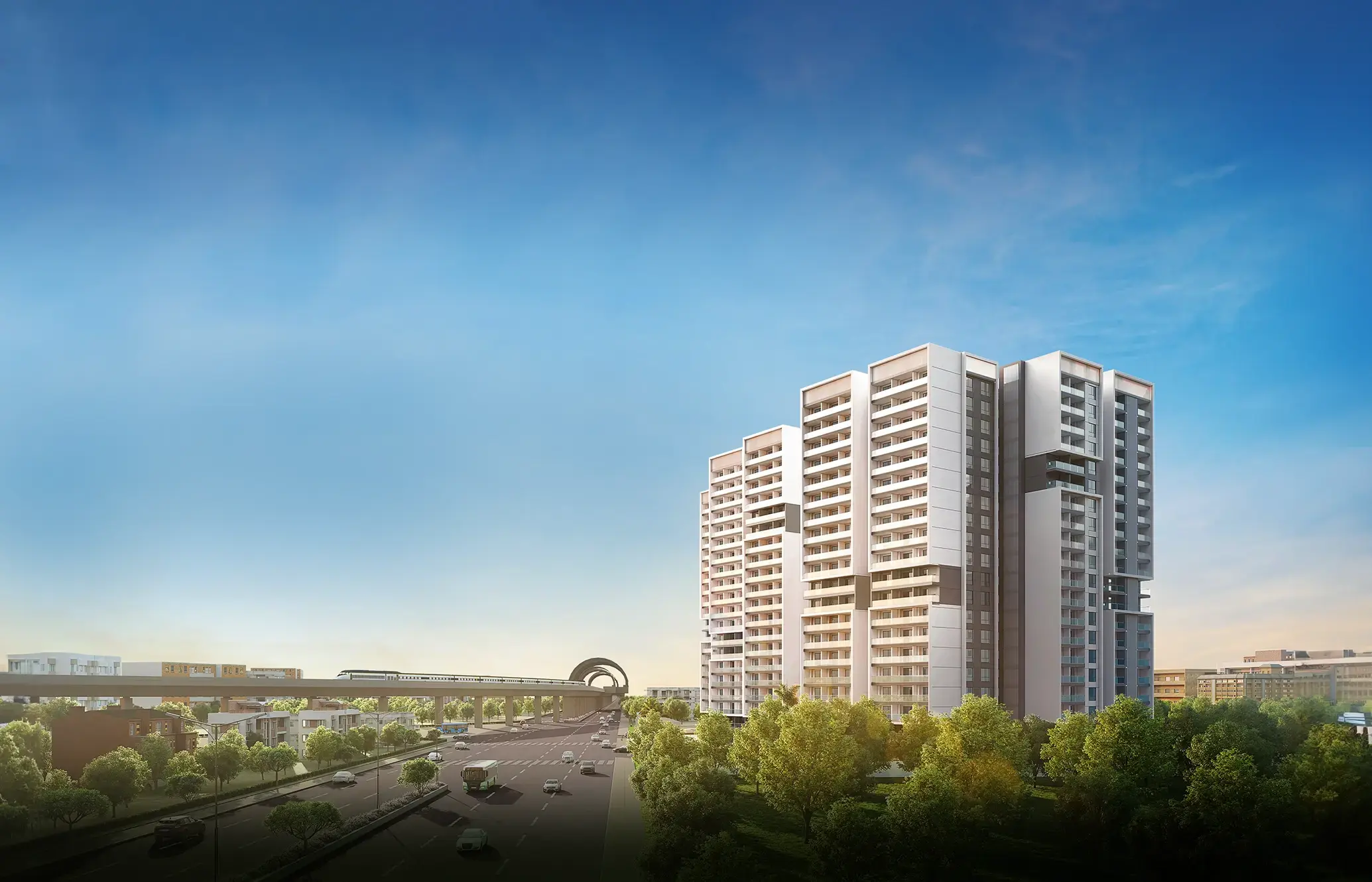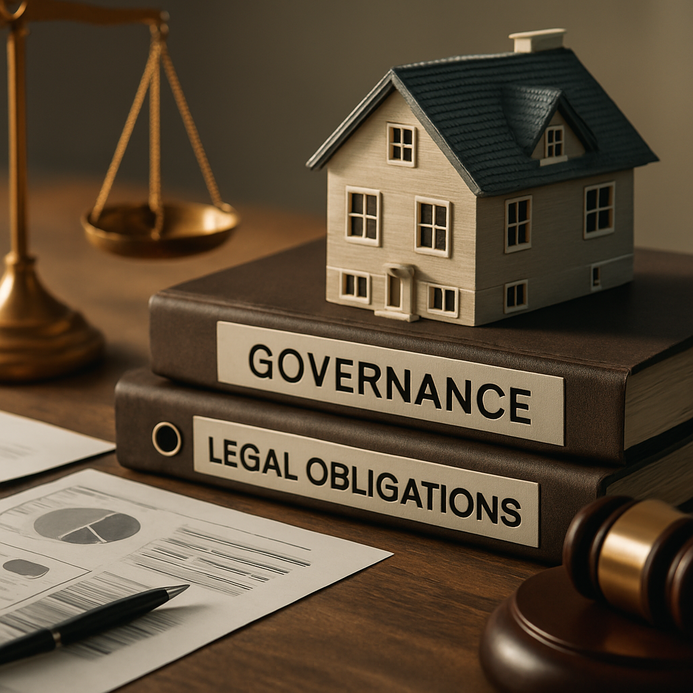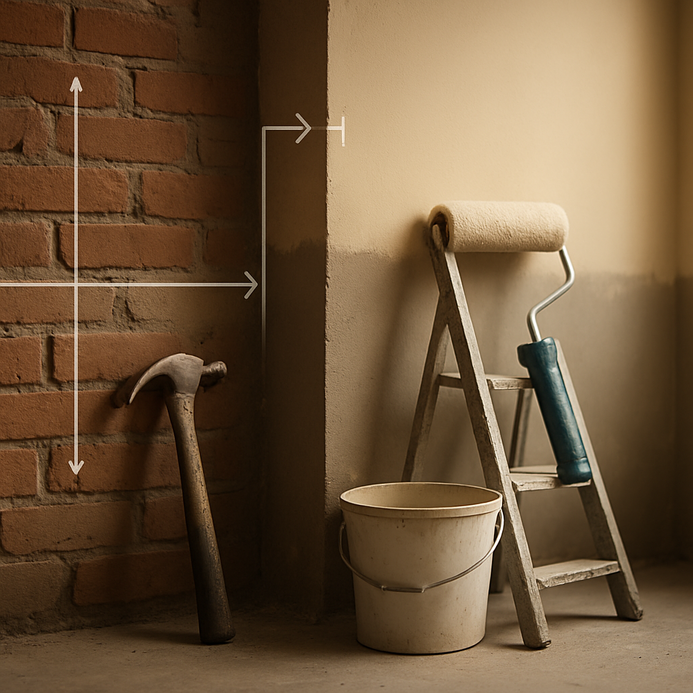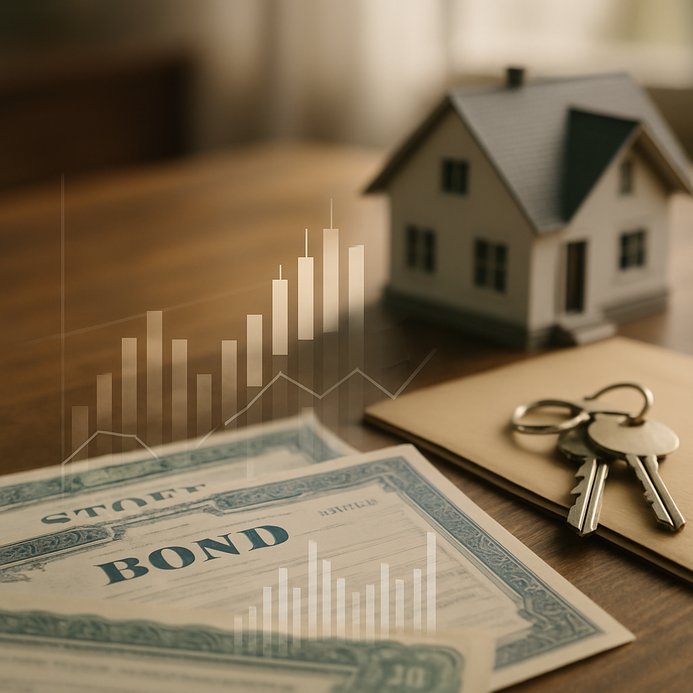What Is a Conveyance Deed? A Simple Guide for Housing Societies
Understanding the Conveyance Deed
So, let’s talk about conveyance deeds. They’re kinda like the superheroes of property transactions, without them, things just fall apart. A conveyance deed is that legal document you need when one party hands over property ownership to another. It clears the title and lays out what rights come with that property.
Importance of the Conveyance Deed
Why is this deed so crucial? Well, it’s pretty much the backbone of property ownership transfer. Without it, buyers could end up in some serious mess. Imagine fighting over who owns what. Here’s a quick comparison of why conveyance deeds are essential:
| Feature | Description |
| Legal Binding | It’s a contract that spells out all the terms for transferring property. |
| Prevention of Fraud | Protects against shady deals, confirming the seller’s right to sell. |
| Record Keeping | Acts as an official record for the future—super important in property matters. |
| Tax Implications | Can have tax consequences that affect what the buyer is on the hook for financially. |
If you’re part of a housing society, knowing what a conveyance deed is really matters. It defines everyone’s roles, ensuring smooth sailing when it comes to governance and following local laws.
And hey, both buyers and sellers should get to grips with how to execute this deed to avoid any bumps along the way. Real estate pros and legal advisors can smooth things over, too. For a deep dive, hit up articles from Redfin, Investopedia, and Housing.com.
For more reading, check these links about property management:
– The Importance of Understanding Your Community
– Home Loan Essentials: What You Need to Know
– The Impact of Urban Development on Property Value
The Role of Conveyance Deed in Housing Societies
A conveyance deed is that legal goldmine you need for property matters, especially in housing societies. It shows the shift of ownership from builder to the folks living there. Understanding what this deed entails is key for residents, giving them legal clarity while safeguarding their rights.
Importance of Conveyance Deed
The main job here is straightforward, the deed shifts ownership from the developer to the residents, making sure their rights are locked in. If there’s no registered conveyance deed, residents could deal with issues like ownership disputes or even claims from the builder.
| Aspect | Details |
| Definition | A legal document moving ownership from the builder to the society. |
| Legal Validity | Crucial for proving ownership legality and common property claims. |
| Ownership Rights | Grants residents rights over the property and its amenities. |
| Common Area Access | Ensures fair access to shared facilities for everyone. |
| Dispute Resolution | Key for tackling potential disputes in the society. |
As pointed out by Law Bhoomi, these deeds often include clauses defending members’ interests, like maintenance responsibilities. Skipping the deed could throw residents and their investments into chaos.
When you dig into the conveyance deed, remember it’s not just paper, it’s what binds everyone in the community together, establishing a sense of belonging.
For more insights, refer to iPleaders and Address Advisors.
If you want more on community living and property norms, check out:
– Shared Values for Better Living
– Home Loan Resale Property Rules
Key Components of a Conveyance Deed
A conveyance deed is a must-have for housing societies; it’s that formal piece that says, “this is who owns what.” Getting to know its main parts is important for everyone involved in real estate transactions.
1. Parties Involved
The deed clearly lays out who’s who, the seller (transferor) and the buyer (transferee). Accuracy is crucial; you don’t want any legal spats.
2. Property Description
A solid description of the property is essential. Dimensions, boundaries, and any claims need to be spelled out to avoid mix-ups.
3. Sale Consideration
This part lays down the sale price and payment specifics. It’s key for confirming payment was received, which eases the ownership transfer.
4. Rights and Responsibilities
Outlines what rights the new owner has use, possession, making changes, etc. Plus, both sides have duties around maintenance and payments.
5. Signatures and Witnesses
For the deed to hold water, it needs signatures from all parties involved and witnesses. They add a layer of protection for everyone.
6. Registration
Don’t forget this step, registering the deed is mandatory according to the Indian Registration Act. It gives public notice of ownership transfer and secures buyer rights.
| Key Component | Description |
| Parties Involved | Seller and buyer details |
| Property Description | Detailed boundaries and measurements |
| Sale Consideration | Sale amount and payment terms |
| Rights and Responsibilities | Ownership rights and their obligations |
| Signatures | Required signatures from all parties |
| Registration | Legal step to enforce ownership |
For more on this topic, check out Law Bhoomi, Bank Bazaar, and Address Advisors.
Also, don’t miss out on these articles about property insights:
– Factors Influencing Resale Value of Flats
– The Essential Guide to Property Taxes
Consequences of Not Having a Conveyance Deed
Not having a conveyance deed? That can spell trouble for housing societies. This document serves as proof of ownership, and without it, you could be in for a world of legal and financial hurt. Here’s what could happen:
Legal Implications
If your housing society goes without a conveyance deed, you invite potential legal squabbles. This deed formalizes ownership, so without it, you’re risking claims and disputes over the property.
| Potential Legal Issues | Description |
| Ownership Disputes | Conflicts on who has the legal right to the property. |
| Legal Insecurity | Lack of documentation opens door to unauthorized claims. |
| Complications in Selling | Properties just don’t sell without clear title proof. |
Threats to Ownership Security
No conveyance deed means shaky ownership security for your society. This could leave the door open for outside claims, leading to more disputes. It’s pretty unsettling to think your home could suddenly be in jeopardy.
Financial Consequences
On a bigger scale, lacking a conveyance deed can stir up financial trouble. Societies might face fines for not following property laws, and this can sink property values. The Marathi meaning behind a conveyance deed highlights its role in securing financial peace of mind.
Check these links for more background on conveyance deeds and their importance: IDFC FIRST Bank and Address Advisors.
For deeper property management insights, check out:
– Factors Influencing Resale Value of Flats
– The Essential Guide to Property Taxes
How to Secure a Conveyance Deed for Your Housing Society
Landing a conveyance deed is a must for housing societies to lock down their property ownership. Think of the conveyance deed as that legal paper that shifts ownership from one party to another, often from builder to society. Here’s how to go about it:
Step-by-Step Guide
1. Identification of Title: First up, find the original title for the property. Verify ownership details to confirm the builder can actually convey that property.
2. Gather Necessary Documentation: Collect all your paperwork, building plan approval, occupancy certificate, and member lists are just some of the essentials:
| Document Type | Description |
| Building Plan Approval | Government-approved plans |
| Occupancy Certificate | Proof that the building is officially occupied |
| Title Deed | Original document proving property ownership |
| Membership Roster | List of society members with their signatures |
| No Objection Certificate (NOC) | Required from the builder or developer |
3. Application Preparation: Draft an official request for the conveyance deed, attaching all necessary documents and society registration details.
4. Submission to Authorities: Hand your application to the local municipal authority or registrar. Expect to pay a fee and wait for processing.
5. Follow-ups: Don’t just forget about it, keep tabs on the status of your application. A copy of your submitted documents keeps you covered.
6. Registration of Conveyance Deed: Once you get the green light, make sure the deed is registered with the land registrar to finalise the ownership transfer.
Securing a conveyance deed can feel like a big task, but it’s vital for locking in legal ownership of a housing society. For more pointers, hit up links like Address Advisors and Law Bhoomi.
If you want to dive deeper into the legal side of real estate, check out our article on OC and CC in Real Estate. Understanding these factors can make ownership so much easier.
FAQ
1. What is a conveyance deed?
A conveyance deed is a legal document transferring property ownership from one party to another. It serves as proof of ownership and outlines the rights and responsibilities of both the seller and buyer.
2. Why is a conveyance deed important in housing societies?
The conveyance deed establishes clear ownership, thereby protecting the rights of residents and preventing legal disputes over property claims.
3. What are the key components of a conveyance deed?
Key components include the parties involved, property description, sale consideration, rights and responsibilities, signatures, and registration.
4. What are the consequences of not having a conveyance deed?
Without a conveyance deed, you risk ownership disputes, legal insecurity, and potential financial complications, including fines and decreased property value.
5. How can I secure a conveyance deed for my housing society?
To secure a conveyance deed, identify the property title, gather necessary documentation, submit an official application to the local authorities, follow up, and register the deed once approved.













